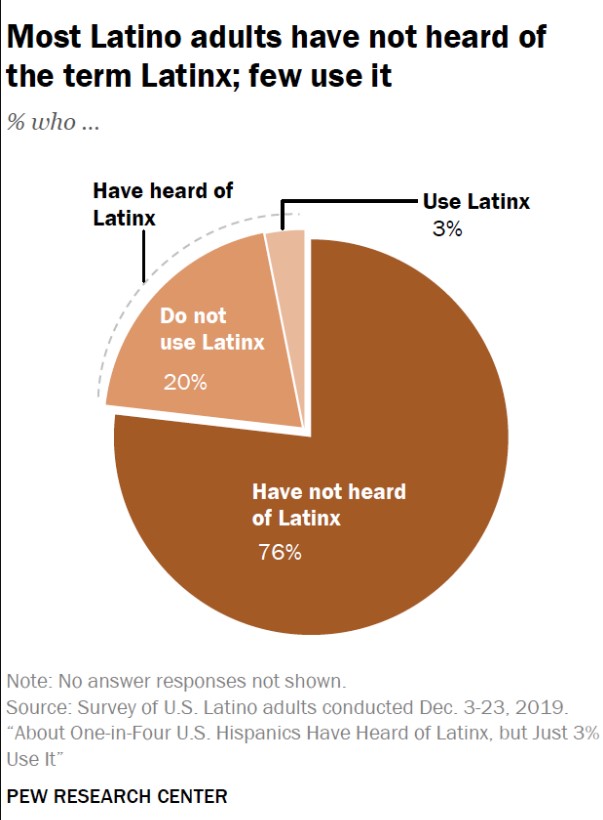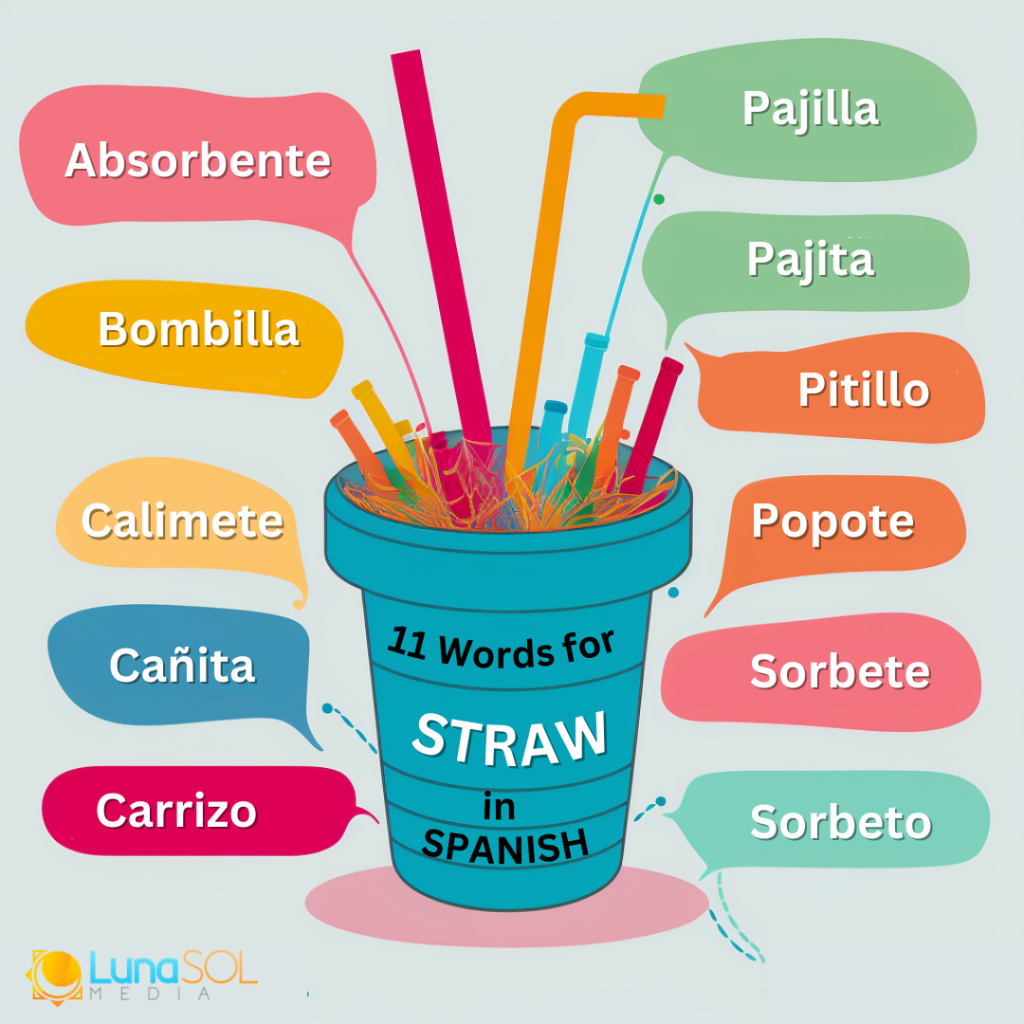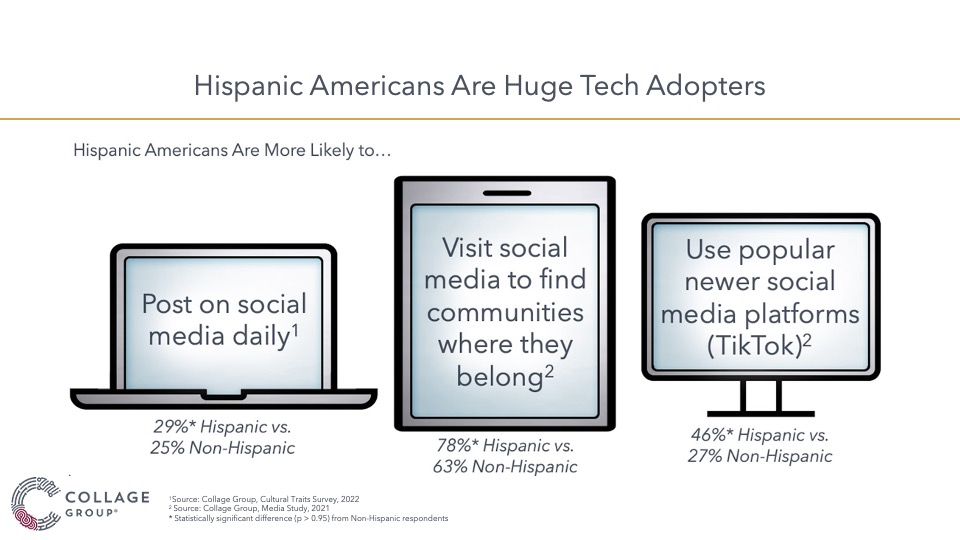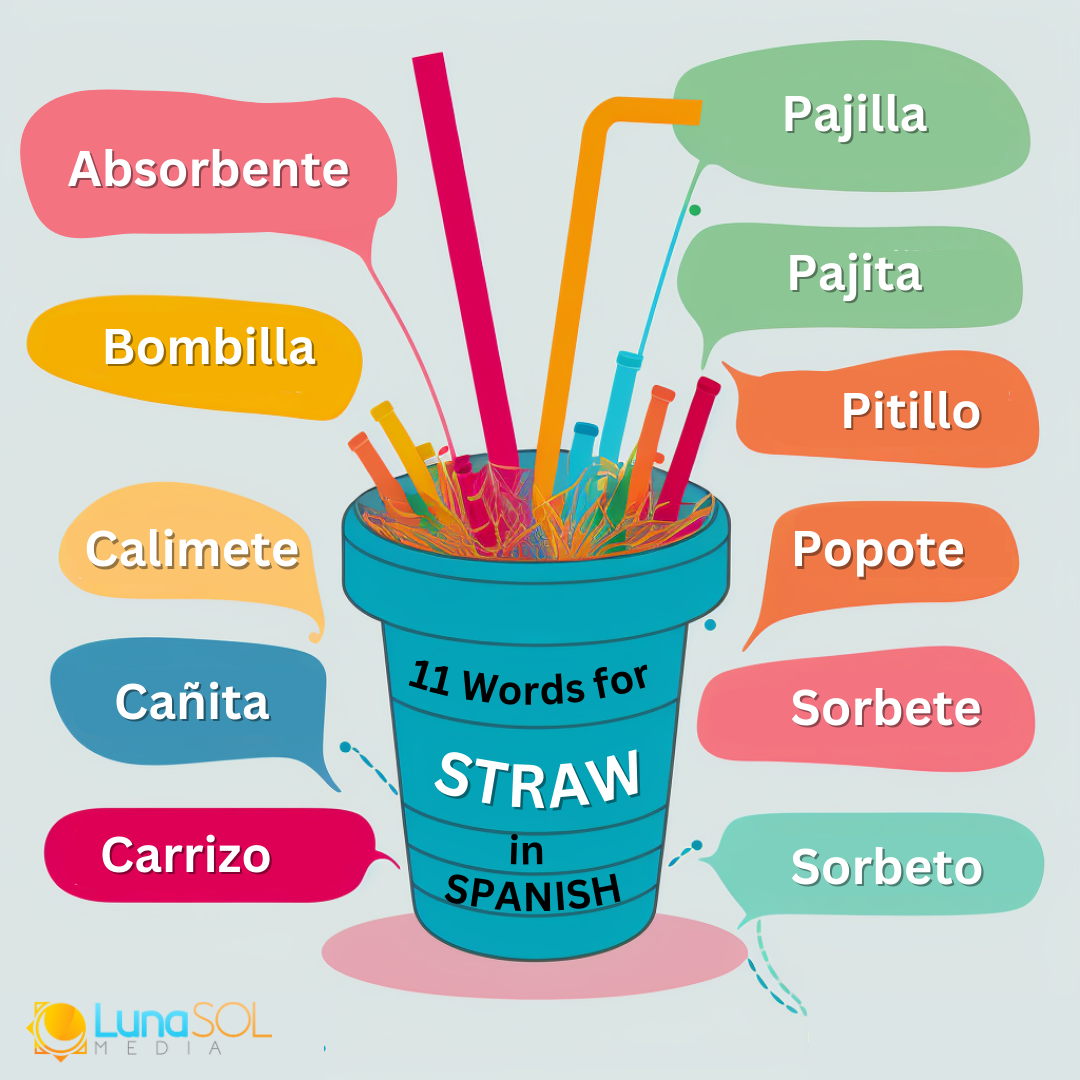Remember how politicians kept using “Latinx” thinking that this was the politically correct term to communicate to all Hispanics even though only 3% of the total Hispanic population actually identifies as Latinx?
They essentially painted over 60 million diverse people from approximately 20 countries of origin and multiple generations and levels of acculturation with one single brush.
Imagine if someone told you they saw a blue rainbow. You would immediately wonder what happened to red, yellow, green and purple.
That’s how treating the Latino population as a monolith comes across.
Marketing to Hispanic consumers is an important part of any campaign, particularly as the Hispanic population in the United States continues to grow, representing almost 20% of the population.
Reaching out to such a diverse group of consumers can be challenging, and there are many factors to consider, including regional differences, generational gaps, and levels of acculturation.
Having a deep understanding of the many identities that make up this group is imperative when building a campaign. So is choosing the right outlet.
Let’s review the five best practices for Hispanic marketing that will help you reach and connect with this dynamic and valuable consumer base.
Understand Identities Like Hispanic, Latino and Latinx
There is some debate over the correct usage of the words Hispanic, Latino, Latinx and Latine. There are a few ways to distinguish between these terms.
Hispanic refers to people from a Spanish-speaking country of origin including Spain.
Latino refers to people who’s country of origin is in Latin America, which includes Brazil. Brazilians speak Portuguese and not Spanish, so they are considered Latino but not Hispanic.
Hispanic and Latino are often used interchangeably, even though they don’t mean the same thing. It’s important to be aware of not only who you are targeting, but also how you choose to reference them.
Not all Spanish-speaking people are Latino, and not all Latinos are Hispanic.
While Latinx has been adopted by the media, government and educational institutions to describe all Hispanics, only 23% of U.S. adults who self-identify as Hispanic or Latino have even heard of the term Latinx, and according to another Pew Research Center study, just 3% say they use it to describe themselves.

This is a perfect example of not “listening” and being “tuned in” to the communities that they are trying to reach.
There are also regional differences that also impact how Hispanics identify.
Regional Differences & Dialects are Important
Regional differences can represent either the region within the United States where a person lives or the country where they or their family originated from.
These differences affect many things such as how Hispanics identify as well as the different dialects used.
According to the Pew Research Center, most U.S. Hispanics prefer to use their country of origin to describe themselves. It is very common for someone to say they are Puerto Rican or Cuban American or Guatemalan instead of using the marketing terms Hispanic, Latino or Latinx.
More than half of the survey respondents said they have no preference for being called either Hispanic or Latino. However, it’s still important to localize your marketing efforts, as these preferences vary from state to state, and they also change as the Hispanic population continues to grow.
For example, California has the highest Hispanic population percentage, and 30% of them say they prefer to be referred to as Hispanic, while 17% say they prefer Latino. But this preference is much stronger in Texas, where 46% of Hispanics said they prefer to be referenced as Hispanic, vs. 8% who prefer Latino.
It is also important to note locations where there are large communities of Hispanics from a specific country of origin. For example, there are large pockets of Honduran immigrants in Texas, Florida and California.
Localization is critical in states with a high population of Hispanics, such as Texas, California, Arizona, New Mexico, New York, and Florida. However, this is made complicated by the many dialects of Spanish and Spanish variants in the U.S.
As a result, you need professional localization services to tailor your translations to the appropriate audience.

An example of the importance of dialects is the word “straw”. There are 11 different translations based on the country of origin, and some are considered indecent words by others.
- Absorbente: Cuba
- Bombilla: Bolivia and Chile
- Calimete: Dominican Republic
- Cañita: Peru
- Carrizo: Panama
- Pajilla: Costa Rica, El Salvador, Guatemala, Honduras and Nicaragua
- Pajita: Argentina, Chile, Spain and Uruguay
- Pitillo: Colombia and Venezuela
- Popote: Mexico
- Sorbete: Argentina, Ecuador
- Sorbeto: Puerto Rico
Whatever you do, stay away from Google Translate when attempting to use a localized strategy.
Be Aware of Generational Differences.
Abuelita’s usage of Facebook will be very different from Patricia who is a second generation Latina Millennial who grew up on Instagram and the Kardashians. Patricia speaks both English and Spanish and she loves Bad Bunny and Carol G. Abuelita watches novelas and Spanish language tv exclusively. Likewise, Luisa who is a Gen Z student may be a lover of K-Pop who didn’t learn Spanish because she is a third generation Cuban American who didn’t hear it spoken much at home. Luisa uses TikTok exclusively as her social network and source of news.
Each of these three generations have different media usage patterns, language and experiences that impact how they view brands and hey brands should engage with them.
But generational differences are not the only factors that can affect how brands need to connect with Hispanics. Level of acculturation also plays a key role.
While an ad in English may work with Patricia and Luisa, it will not work with a millennial or gen z who just emigrated from Venezuela two years ago.
Level of Acculturation is Key for Language
When it comes to marketing to Hispanic consumers, understanding their level of acculturation is key to delivering the right message. Acculturation refers to the process of adapting to a new culture, and it plays a significant role in shaping Hispanic consumers’ behavior and preferences. As mentioned earlier, there are three main groups of Hispanic consumers based on their language preferences and cultural identity. Each group has its unique characteristics, and marketers need to tailor their campaigns accordingly.
For example, Hispanic-dominant consumers prefer content in Spanish and may respond better to ads that reflect their cultural heritage. Bicultural consumers, on the other hand, are more likely to be receptive to messages in both Spanish and English, while US-dominant consumers primarily consume content in English. Understanding the level of acculturation of your target audience can help you create messaging that resonates with them and build a deeper connection with your brand.
Use the Right Channel
Hispanics are HUGE tech adopters and use it for everything from surfing and engaging with social media to gaming to connect with friends and family worldwide. According to this study about Hispanic Passion Points, for Hispanics, tech savviness is interwoven into a great deal of aspects of Latino culture and how it’s evolving.

Video and mobile:
US Hispanics are avid consumers who over index in the use of online video and mobile devices, especially on YouTube, TikTok, Instagram and Snapchat. They also watch more live TV than other groups and are influenced by Hispanic celebrities and influencers.
Creating engaging, culturally relevant and mobile-friendly video content can help you connect with this audience.
Social media and online ads:
Hispanics are much more likely to use newer social platforms like TikTok than non-Hispanics. They are active on social media platforms and use them to discover new products, share opinions and interact with brands. They also respond well to online ads that feature Hispanic culture, music and imagery.
Using social media and online ads can help you build awareness, trust and loyalty with this audience.
Hispanic media:
US Hispanics still consume a lot of traditional media, such as TV, radio, newspapers and magazines, especially those that cater to their language preferences and cultural interests. They also appreciate brands that support Hispanic causes and events.
Advertising on Hispanic media can help you reach a large and loyal audience that values your brand’s commitment to their community.
Understanding = Authenticity
When brands consider these five factors they begin to craft campaigns that are more authentic and speak to the actual people they are trying to reach.
There’s a reason why McDonald’s ranks among the top 10 brands excelling in product fit and cultural relevance to Hispanics according to The Collage Group. An example is the success of their “Desayuno con lo Nuestro” campaign, which targets Hispanic millennials by focusing on a few of the key elements covered here.
McDonald’s localized the campaign to appeal to specific Hispanic communities. Ads were tailored to the different Hispanic subcultures in the United States. For example, the campaign included advertisements that celebrated the Cuban coffee culture in Miami and the Mexican breakfast traditions in Southern California.
As you can see, marketing to Hispanic consumers is not a one-size-fits-all approach. Doing your research and tailoring your messages to the specific segments of this diverse and dynamic group is key.
By following these five best practices, you can create campaigns that resonate with Hispanic consumers and build lasting relationships with them. If you need help with creating culturally relevant and engaging content for your Hispanic audience, contact us today and let us help you reach this valuable market.




